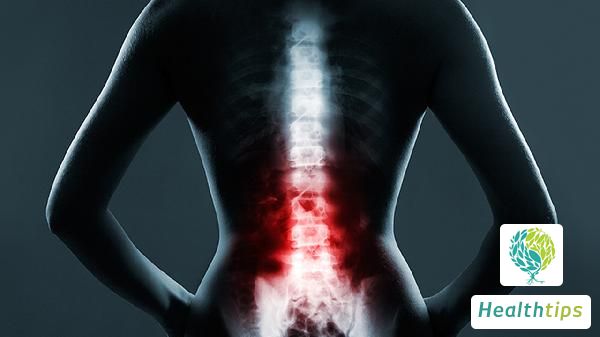Are Pulse and Heartbeat Synchronized?
The Importance of Heartbeat and Pulse
The heart is the most vital organ in the body, serving as the driving force for our physical activities. Possessing a healthy heart contributes significantly to our overall well-being and vitality. Heartbeat, a crucial indicator of cardiac health, can signal potential health issues if it falls below or exceeds normal ranges. Consequently, heartbeat is always a standard check during medical examinations.Are Pulse and Heartbeat Synchronous?
Under normal circumstances, pulse and heartbeat are synchronous; each heartbeat corresponds to a pulse. Discrepancies between the two may indicate cardiac arrhythmias and necessitate an electrocardiogram (ECG) for further diagnosis. Common arrhythmias, such as ventricular fibrillation, ventricular extrasystole, and atrial extrasystole, can cause inconsistencies between heart rate and pulse rate. Treatment with appropriate medications should follow a clear diagnosis by a medical professional.Evaluating Your Heart Rate
For most adults, a normal resting heart rate ranges from 60 to 100 beats per minute (BPM). This range may vary slightly based on gender, with women typically having slightly higher heart rates than men. Moreover, emotional fluctuations and physical activities can also affect heart rate. Children, whose hearts are still developing, tend to have faster heart rates, averaging 90 to 130 BPM, which is considered normal for their age group.Some people aspire to have a lower heart rate, similar to that of tortoises or marathon runners (around 40 BPM), believing it contributes to longevity. However, such a low heart rate is only suitable for individuals whose bodies have adapted to it. Forcing oneself to have an excessively low heart rate can lead to various health problems. Generally, maintaining a heart rate of 60 to 70 BPM is beneficial for most people.

The Impact of Abnormal Heart Rates
A slow heart rate can cause fatigue, dizziness, and even fainting due to insufficient blood flow and low blood pressure. If left untreated, the heart may pause for 3 to 5 seconds, leading to sudden collapse. Conversely, a rapid heart rate (over 100 BPM) can cause brain hypoxia, nausea, and chest pain. Occasional spikes in heart rate may indicate paroxysmal supraventricular tachycardia, which disrupts the normal electrical pathways in the heart, causing "short circuits" and inefficient contractions. This can lead to low blood pressure, reduced blood flow to vital organs, and potentially increase the risk of stroke.Irregular heart rate fluctuations also elevate the risk of cardiac events. Intermittent episodes of tachycardia and bradycardia, often caused by electrical signal disruptions within the heart, can lead to atrial fibrillation, the most harmful type of arrhythmia. This condition impairs the heart's ability to contract effectively, increasing the risk of blood clots and strokes.



















